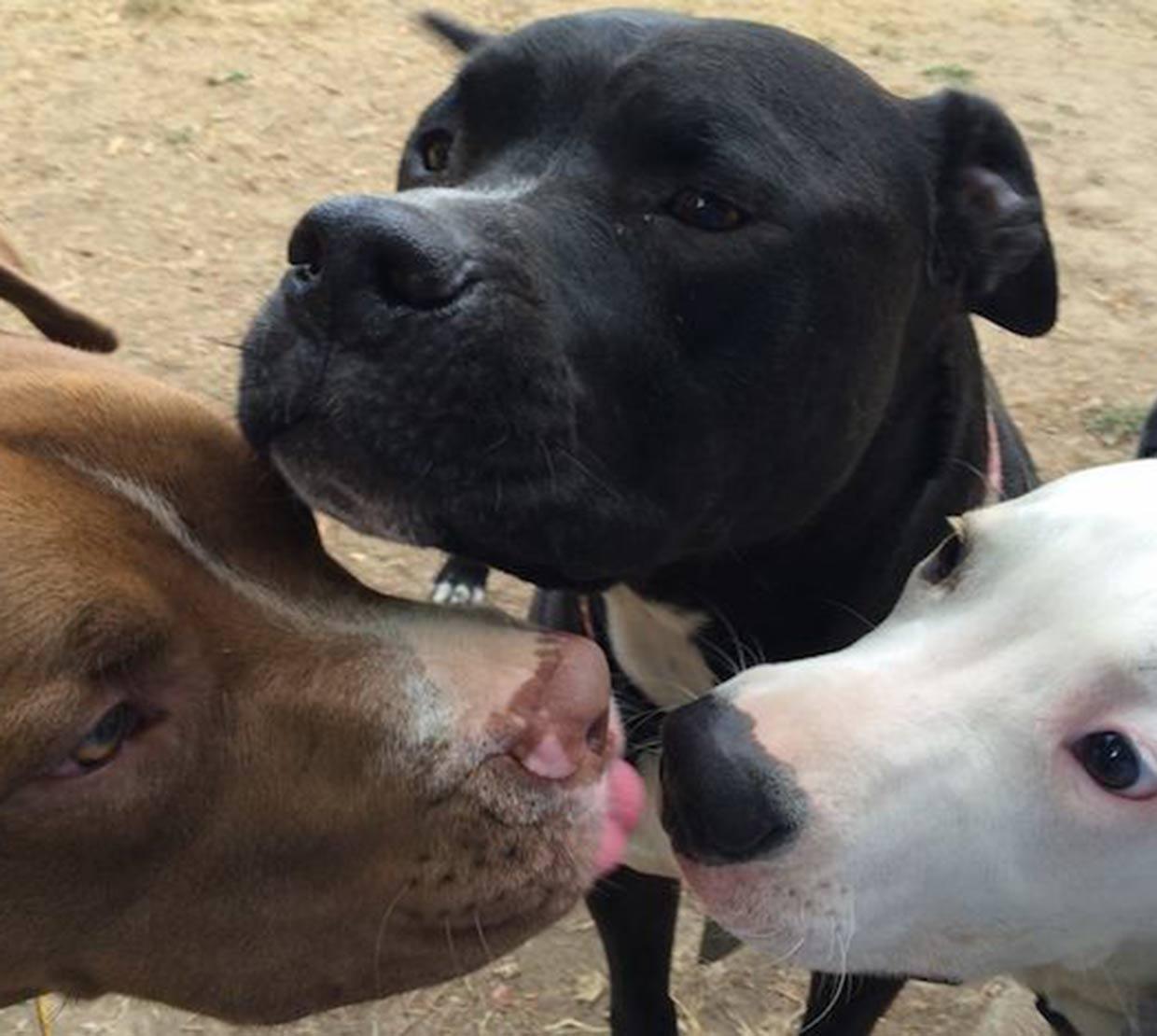Oregon State University microbiologists are part of a groundbreaking study of more than two dozen rescued dogs, some aggressive and some not, which shows a clear link between aggressive behavior and the microbes that live in the dogs’ guts.
The findings, published in PeerJ, stop short of saying the composition of a dog’s gut microbiome causes aggressiveness, or vice-versa – only that there are statistical associations between how an animal acts and the microbes it hosts.
Still, the work by Oregon State researchers represents an important step toward more effectively dealing with a canine behavioral disorder that daily puts both animals and people at risk of injury or even death.
“In terms of how microbes potentially influence dog behavior, this lays the foundation for how aggression and gut microorganisms may be connected,” said lead author Nicole Kirchoff, a graduate student in microbiology. “To our knowledge no other study has looked at the relationship between dog aggressiveness and gut microbes.”
Domesticated dogs have lived with humans for more than 14,000 years, are among the most popular companion animals and forge strong bonds with both people and other animals. But aggressive behavior nevertheless remains a common problem and in many cases leads to animals being euthanized.
The study involved 31 “pit bull type dogs,” 14 males and 17 females, who were living at a temporary shelter after having been rescued from a dogfighting operation.
Upon reaching the shelter, and prior to the start of the research, each dog was put through a series of tests by an animal welfare agency and categorized as aggressive or non-aggressive.
Animal welfare workers also collected a fecal specimen from each animal so the scientists could analyze the dogs’ gut bacteria.
Firmicutes, Fusobacteria, Bacteroidetes and Proteobacteria were the dominant phyla among all stool samples, but their abundance differed significantly between aggressive and non-aggressive animals.
The co-authors of the article include Thomas Sharpton, assistant professor of microbiology and statistics, and Monique Udell an animal behavior researcher in the College of Agricultural Sciences.
“We’re finding associations between types of organisms in the gut and aspects of vertebrate physiology we wouldn’t have hypothesized about prior to the emergence of microbiome research over the last couple of years,” said Sharpton. “The gut-brain axis, the reciprocal communication between the enteric nervous system and mood or behavior, is a rapidly growing and exciting body of research.”




